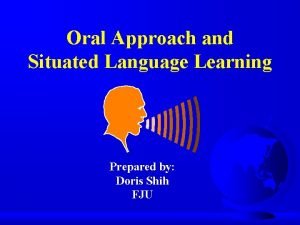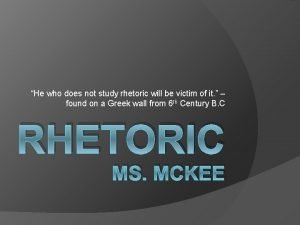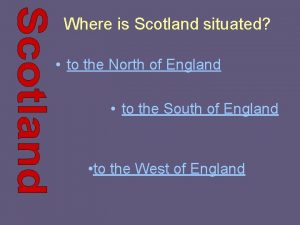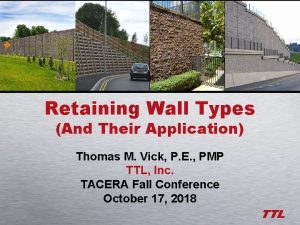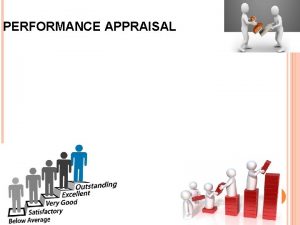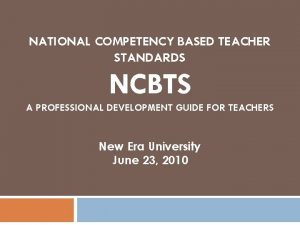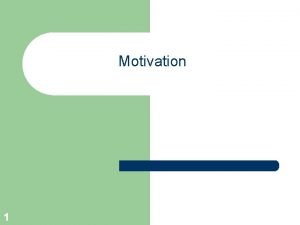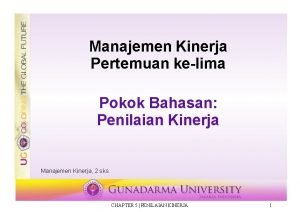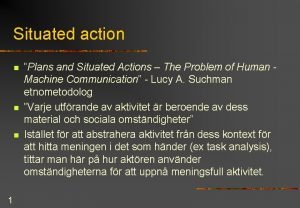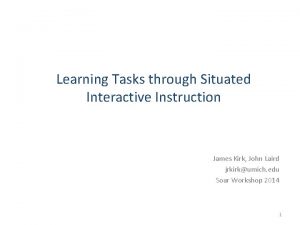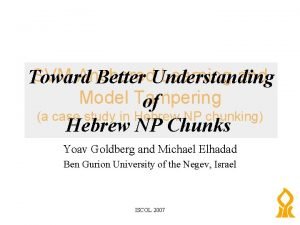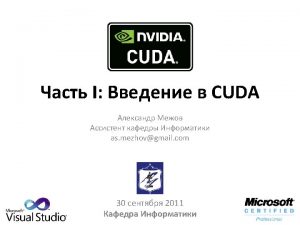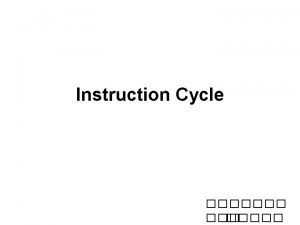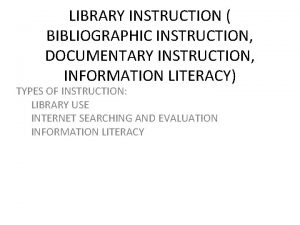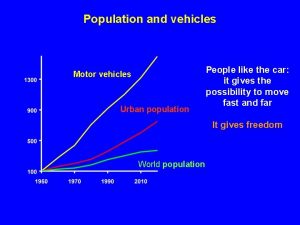Situated Learning and Anchored Instruction As Vehicles for










- Slides: 10

Situated Learning and Anchored Instruction As Vehicles for Social Education Hughes, A. S. , & Sears, A. (2004). Situated learning and anchored instruction as vehicles for social education. In A. Sears & I. Wright (Eds. ), Challenges & Prospects for Canadian Social Studies (pp. 259 -273). Vancouver: Pacific Educational Press.

3 Components to Situated Learning & Anchored Instruction: 1. Constructivism 2. Paying attention to Prior Knowledge 3. Anchoring Instruction

1. Constructivist teachers: • Encourage and accept student autonomy and initiative. • Allow student responses to drive lessons, shift instructional strategies, and alter content. • Use raw data and primary sources, along with manipulative, interactive and physical materials.

• Engage “cognitive dissonance” • Inquire about students’ understandings of concepts before sharing their own understandings of those concepts. • Encourage students to engage in dialogue, both with the teacher and with one another. • Encourage students to engage in reflective thinking. From: Brown, S. C. & Kysilka, M. L. (2002). The Instruction. Applying multicultural and global concepts in the classroom and beyond (128 -148). Toronto: Allyn and Bacon.

2. The Importance of Prior Knowledge – Students are not “blank slates” – Prior knowledge is often resistant to change – Teachers’ job: to help students construct new knowledge on their pre-existing foundation of prior knowledge – help students tear apart and reconstruct that same prior knowledge when needed.

– Create cognitive dissonance – Find ways to uncover what students already know by: • Listening to our students (generally) • Strategically planning to uncover their thinking • Paying attention to relevant research

3. Anchoring Instruction in Situations – “Anchors” or “Springboards” – are interesting, real world situations that enable the exploration of concepts. – Example: “no hats rule” + diversity

Effective springboards are: – Authentic – best ones tend to be drawn from actual events – Vivid – have to catch and hold student interest and enthusiasm – Succinct – the springboards are only the starting point.

– Multidimensional – explore concepts at a number of different levels and/or from a number of different perspectives – Deliberately ambiguous – purpose of springboards is to promote questioning and investigation, not to provide answers. The best ones are open-ended and open to interpretation. – Representative – springboards should open up students to the wider world

Postscript: Fostering Dialogue Important to foster 2 kinds of dialogue during this process: – Interpersonal dialogue can happen between: • Students and the teacher • Student(s) to student(s) • Students and historical figures – Intrapersonal dialogue: students think deeply about their thinking
